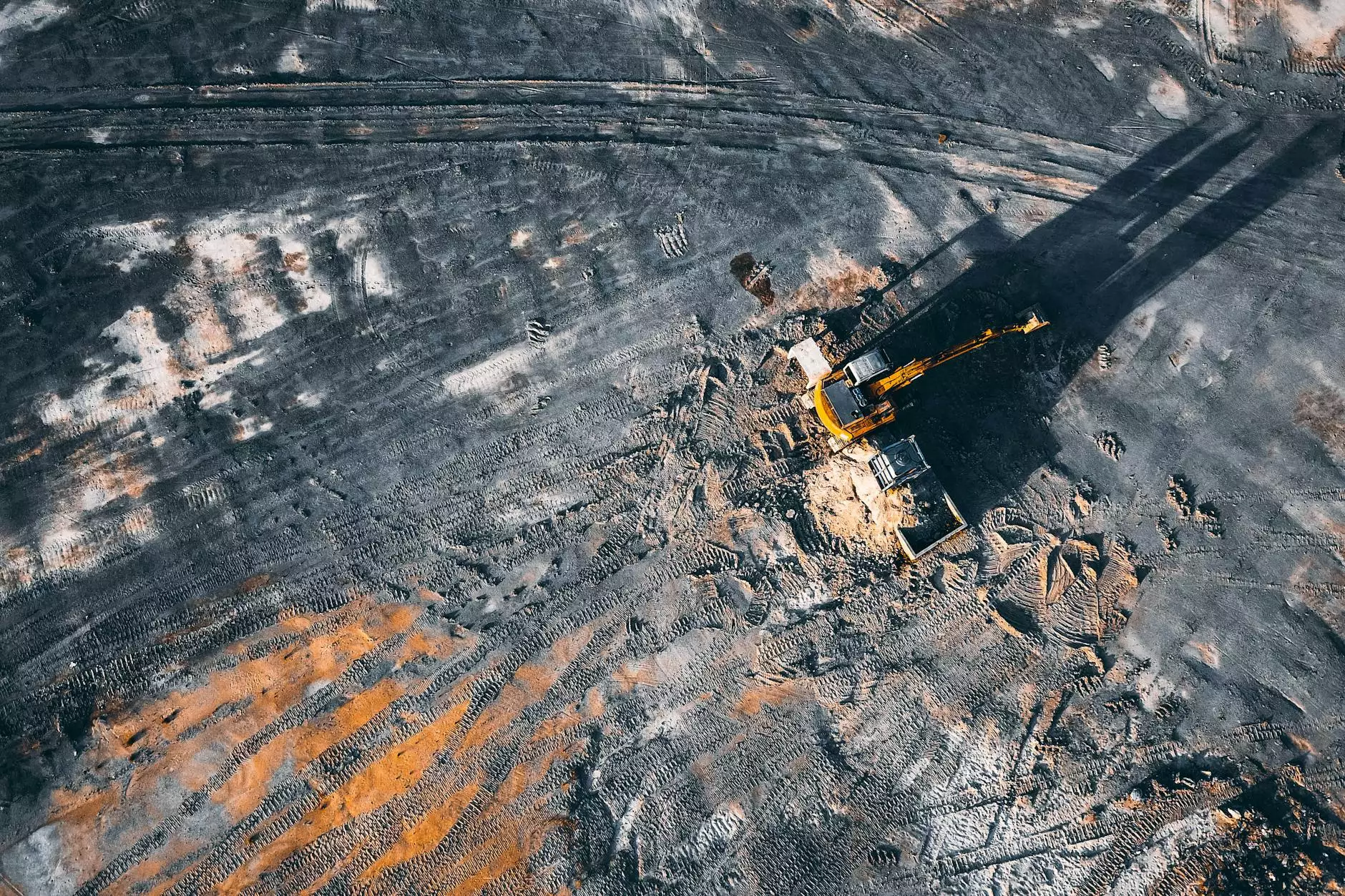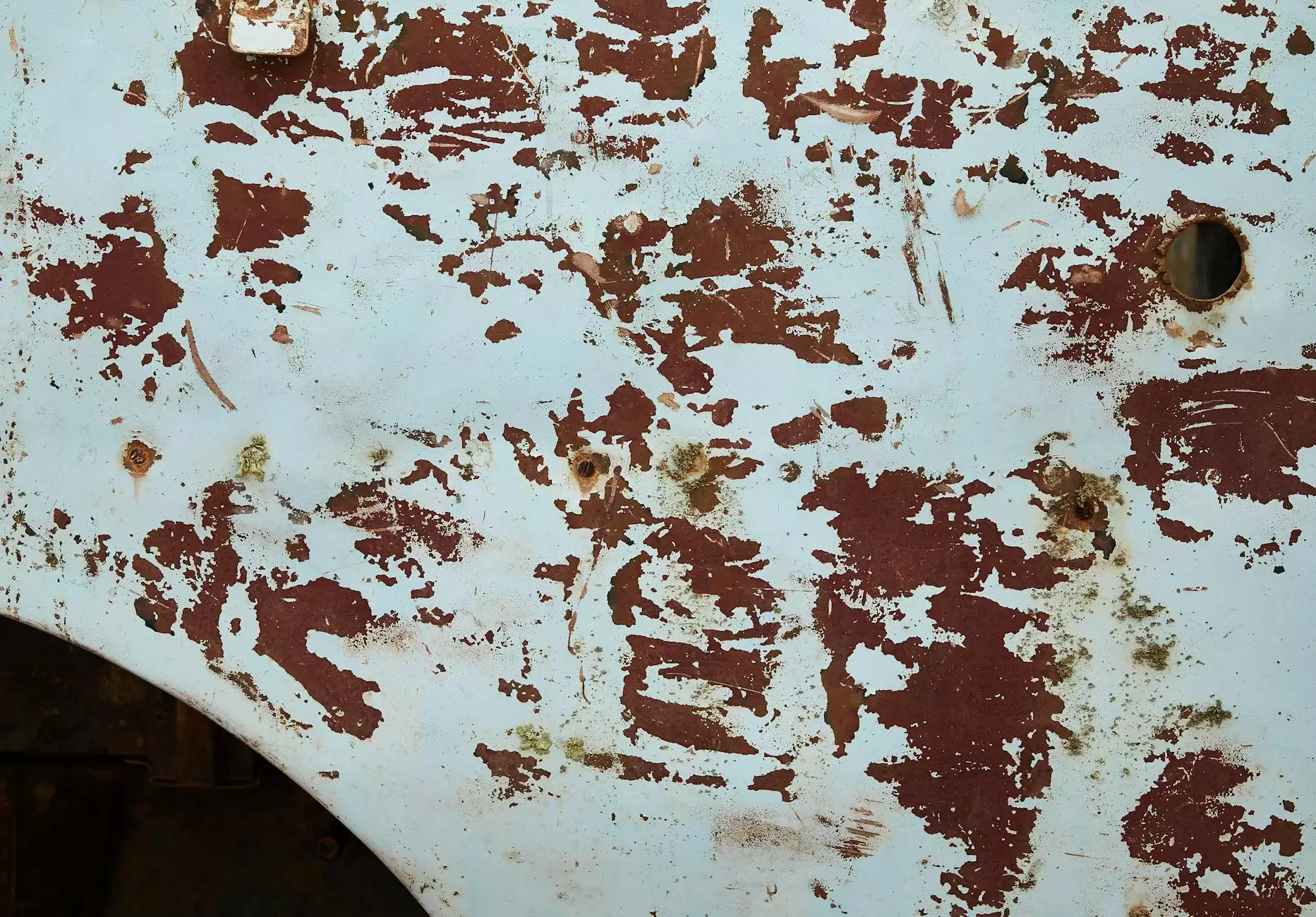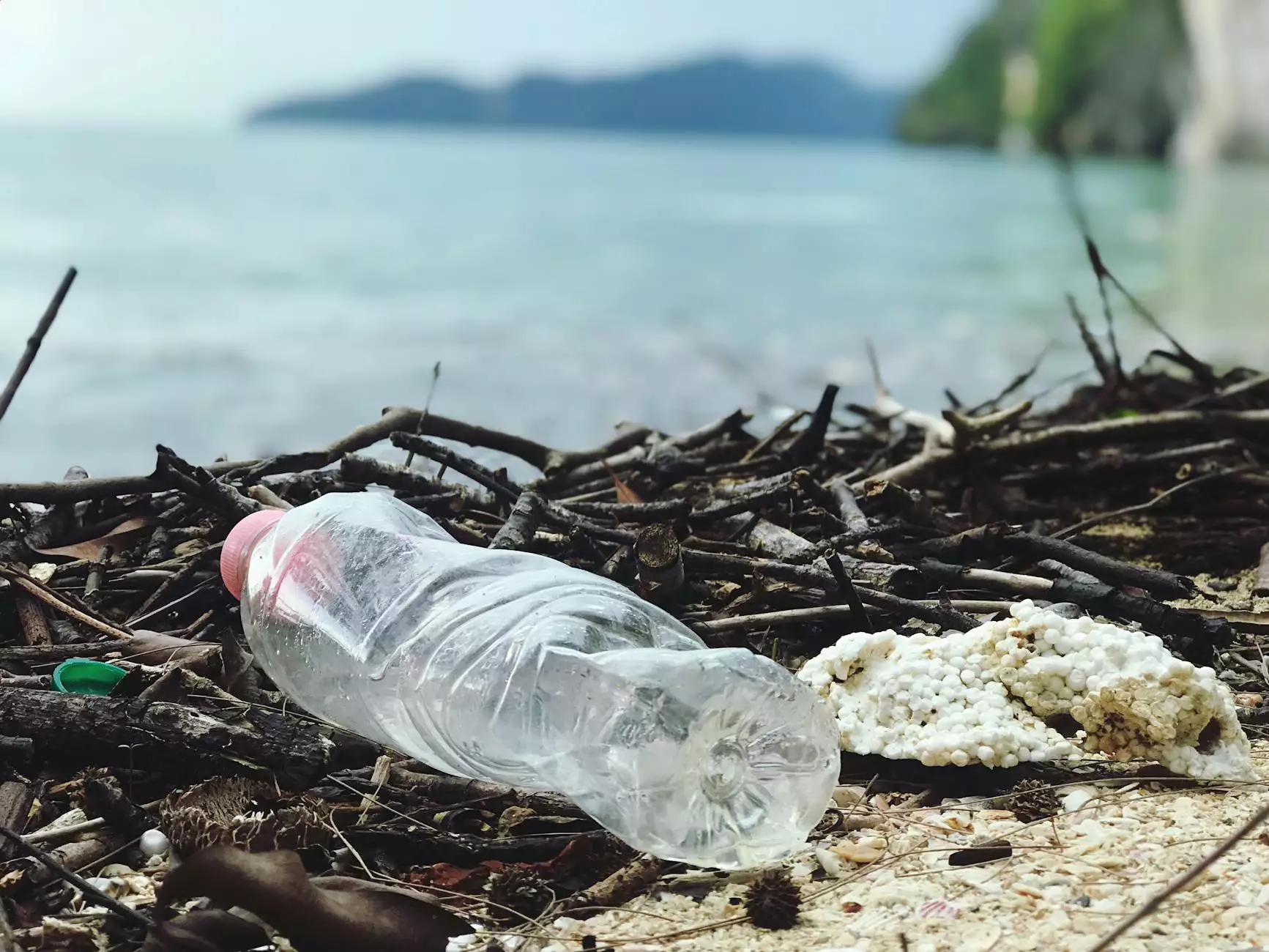Contaminated Soil

Contaminated soil poses significant risks to our environment and public health. Understanding its causes, effects, and proper management techniques is crucial for creating a sustainable future. At Festivals Bazar, we aim to provide a comprehensive guide on how to identify, treat, and dispose of contaminated soil safely and responsibly.
Understanding Contaminated Soil
Contaminated soil refers to soil that has been polluted by harmful substances, such as heavy metals, pesticides, petroleum products, and industrial waste. These contaminants enter the soil through various sources, including industrial activities, improper waste disposal, agricultural practices, and accidental spills.
The effects of contaminated soil can be far-reaching, impacting ecosystems, groundwater quality, and human health. Without proper management, these contaminants can leach into nearby water bodies, leading to severe pollution and endangering aquatic life.
The Effects of Contaminated Soil
Contaminated soil can have detrimental effects on both the environment and human health. It can disrupt natural ecosystems by harming plant and animal life. The toxins present in the soil can be absorbed by plants, making them unfit for consumption by humans and wildlife.
When contaminated soil comes into direct contact with humans, it can lead to various health issues, including respiratory problems, skin irritations, neurological disorders, and even cancer in severe cases. Therefore, it is crucial to take immediate action in identifying and managing contaminated soil to minimize these risks.
Identifying Contaminated Soil
Identifying contaminated soil requires a comprehensive understanding of soil characteristics and potential contaminants. Common signs of contamination include a foul smell, discoloration, presence of chemical spills, and unusual plant growth. However, conducting thorough soil testing is necessary to accurately determine the presence and extent of contamination.
Soil testing involves collecting samples and analyzing them in a laboratory setting. These tests can identify specific contaminants, their concentrations, and the potential risks they pose. Professional environmental consultants can assist in conducting soil tests and interpreting the results.
Treating and Managing Contaminated Soil
Once contaminated soil is identified, proper treatment and management strategies must be implemented. The approach may vary depending on the type and extent of contamination, as well as local regulations and guidelines.
Various techniques can be employed to remediate contaminated soil, such as bioremediation, soil vapor extraction, thermal desorption, and chemical immobilization. These methods aim to either degrade or remove the contaminants, restoring the soil's natural quality.
Additionally, effective management practices can help prevent further contamination and minimize the risks associated with contaminated soil. These practices include proper waste disposal, implementing soil erosion control measures, and promoting sustainable agricultural practices.
Disposing of Contaminated Soil
Proper disposal of contaminated soil is essential to prevent its further spread and environmental harm. It is crucial to follow local regulations and guidelines to ensure safe and responsible disposal.
Depending on the severity of contamination, options for disposal may include landfilling, incineration, or treatment at specialized facilities. In some cases, on-site treatment may be possible, allowing for the remediation of the soil without having to transport it off-site.
Conclusion
Contaminated soil is a pressing environmental issue that requires immediate attention. Understanding the causes, effects, and management techniques is essential for safeguarding our environment and public health. Festivals Bazar's comprehensive guide on contaminated soil provides valuable insights and recommendations for effectively tackling this challenge.
By adopting sustainable practices, promoting proper waste disposal, and implementing responsible soil management techniques, we can mitigate the risks associated with contaminated soil and create a healthier and cleaner future for all.










